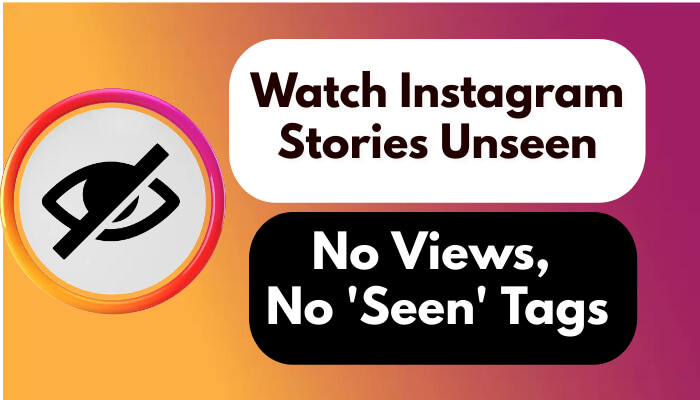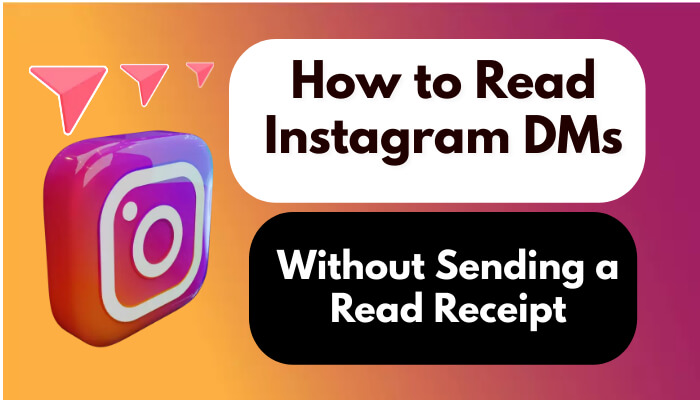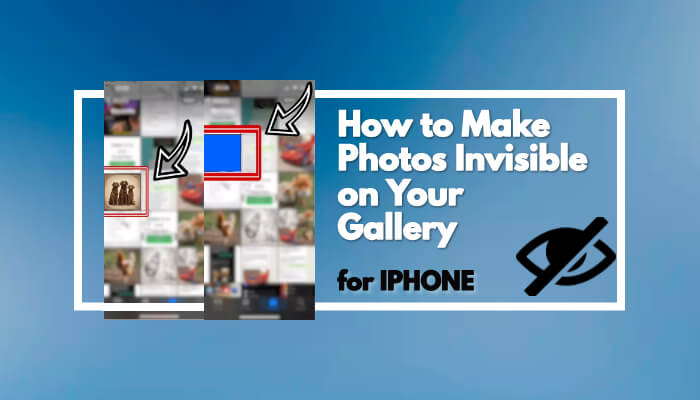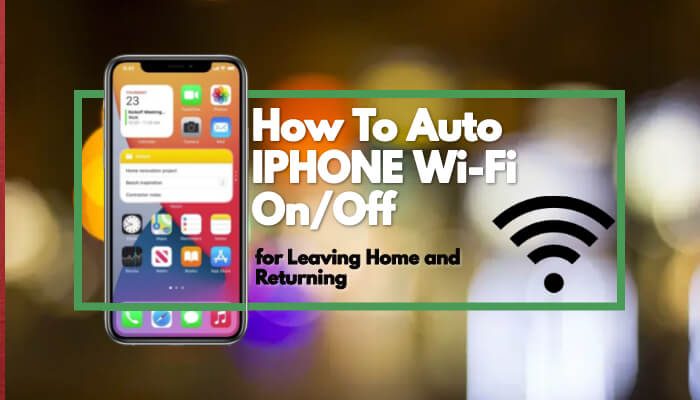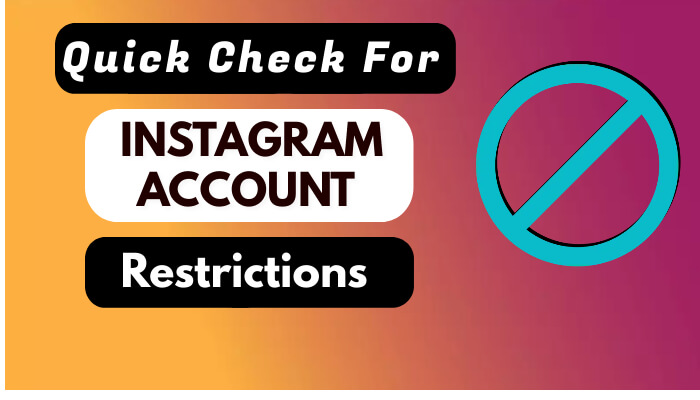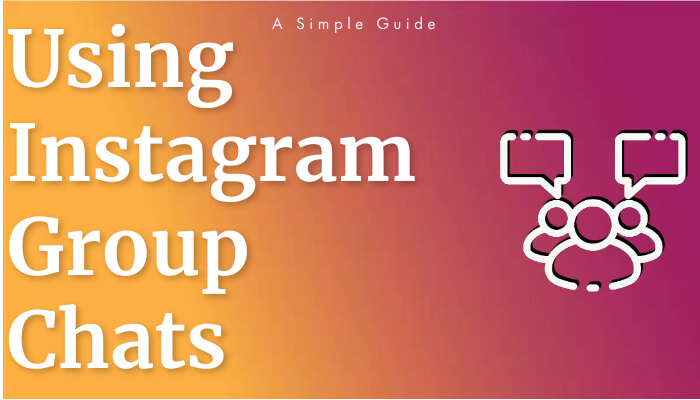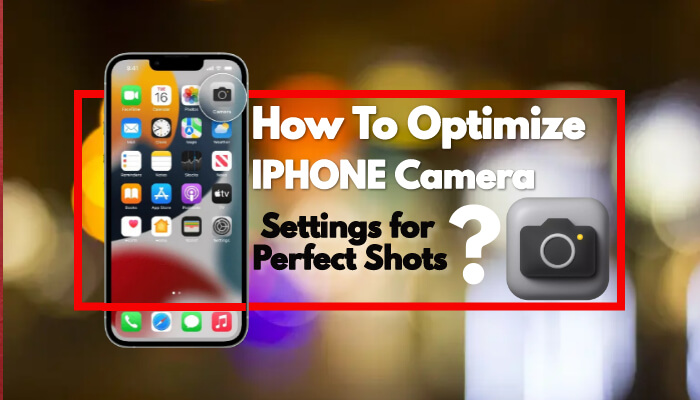
1. Your Ideal Target Audience
Most companies have some idea of who their audience is – demographics, behaviors, needs, wants. But many companies struggle to find their target audience online. For example, we created a new product to help people start their own social media business – we know what they need and want and who they are, but we aren't entirely sure how to find and identify this target audience online in a way that we can target them with advertisements.
How to Set Up This Test
Facebook is the perfect platform to use, but you should also do this in any ad platform. It works best because there are plenty of targeting options. For this test, you'll need some ideas of who your audience is – are they interested in specific celebrities, magazines, or other pages? Identify 4-6 target audiences to start testing.
Steps to Target Audience Testing
- Create a campaign with an ad objective of reach.
- Create an ad set for each audience that you want to test.
- Use creative that has a clear call to action that you know your audience is interested in.
- Make all elements of the ad the same, except for the target audiences.
What You'll Learn
At the end of this test, you'll know which of the target audiences you selected is most receptive to your message. Analyze the results and look for trends across multiple KPIs including relevance score, CPR, clicks, and engagement rate.
2. Your Idea or Creative Idea
Today, a business gets pitched creative ideas by their agency (or internal team), and typically the highest-paid person in the room decides what they like best. While instinct is important, digital testing can play a key role in the early stages of idea or concept testing.
How to Set Up This Test
Create a Facebook post (ideally a short video) highlighting the concept for each creative idea. The goal is to use digital best practices to create simple creatives that embody each idea.
Steps to Creative Testing
- Set up a campaign with the objective that matches your most common ad goal.
- Create only one ad set. You can use a budget as small as $20 per creative and get meaningful results.
- Use the Facebook A/B testing tool to easily create this test – it will normalize all other aspects of ad delivery.
What You'll Learn
At the end of this test, you'll know which idea resonated most with people. While the challenge is that the overall outcome will largely depend on the creative execution, this gives you some data to understand how people are responding to your creative ideas. Most companies test creative at the optimization stage, not the concept stage.
3. The Validity of a New Business or New Product Launch
When you are looking at launching a new business or product, it's important to know how receptive people are and if they will actually buy. Digital testing can be an easy way to see how people respond to your business or product proposition – and you can do it without an actual product or even a website.
How to Set Up This Test
To set up this test, you need a Facebook post (ideally a short video or a great image) and a clear idea of who your audience is. The idea is to essentially run an ad for your product (yes, even if it doesn't exist) to gauge the response rate.
Steps to New Business or Product Testing
- Create an idea video or image for your post.
- Set up the campaign as a click campaign – as clicks can indicate intent.
- Create a quick landing page on Instapages or something similar and ask a few survey questions to better understand purchase intent.
What You'll Learn
The combination of click data and survey responses will give you insight into the purchase intent for your business or product concept. You don't need the actual product to see what people respond to – the concept is enough.
4. Marketing Messaging
Marketing messaging is about identifying the pain or benefit that your product is truly delivering to your audience. I recently worked with a business that was about to plan a new campaign, but upon doing the message testing, they found that the message focused on the current benefit worked best. Instead of a new message, they just had to refresh how they were communicating the message.
How to Set Up This Test
To effectively test marketing messaging, you need similar creative for each message. For example, if the message is product benefit, a strong product shot with 3-5 words of the benefit would work. If the message is more emotional, similar quality and style of imagery for each message should be used. The idea is to use creative that is as similar as possible so that the message is the only real difference. We know that the image is the first thing people see in ads, so the image should be tailored to match the message to get results.
Steps to Marketing Messaging Testing
- Create equivalent creatives with each message.
- Set up a reach campaign with the same audience you typically aim to reach.
- Either use Facebook A/B testing or for more control, create different ad sets for each creative.
What You'll Learn
This test can help you understand which message resonates most with people and prompts them to take action. Look at all the metrics together to understand the results from your test, including relevance score, clicks, CPM, engagement rate, and the sentiment of comments (if any).
5. Content Optimization
Creative or content is the most important part of your digital marketing execution. If your content doesn't have "thumb-stopping power," you won't break through the noise online and drive business impact. Content optimization testing is focused on optimizing the details of your content to get the best result. This could be a button color, text color, image style, headline, or anything else.
How to Set Up This Test
To effectively test content optimization, it's often helpful to have some ideas of what you want to test – or a hypothesis. What are some of the elements of your creative execution that are likely to impact your results? Consider testing image styles, copy types (short vs. long), emojis, etc. Start with a hypothesis so you know what you want to learn from the test.
Steps to Content Optimization Testing
- Create your campaign with the relevant ad objective for the campaign.
- For each ad set, use a few variations of the creative.
- Analyze the results later on – note that Facebook will automatically push the budget toward the creative that performs best.
What You'll Learn
This test might help you understand the style, format, or creative execution that performs best. For example, a diaper company may find that images with the whole family perform better vs. just the baby or just the mom. A brand might find that longer text performs better vs. shorter text. These optimizations will grow your results over time.
Additional Tips for Digital Testing
Whenever you are running a test on digital, there are a few important principles to keep in mind:
- Know what you are testing in advance and have a clear hypothesis.
- Try to keep everything as equivalent as possible except for what you are testing for.
- Set your ad objective for whatever goal you typically run ads for.
- Look at multiple metrics together and look for a pattern.
- Have a benchmark – otherwise, your best performer may still be mediocre.
- Look for significant differences between results.
- One test may lead to another – sometimes you need multiple tests to learn as you go.
